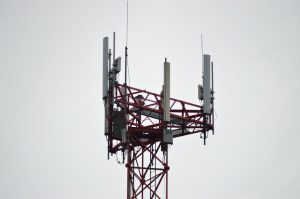GEO Satellites: Understanding the Technology and Its Applications

GEO Satellites: Understanding the Technology and Its Applications
GEO satellites, or Geostationary Earth Orbit satellites, are a type of satellite that orbits the Earth at an altitude of approximately 36,000 kilometers. At this altitude, the satellite’s orbital period matches the Earth’s rotational period, allowing it to remain stationary relative to a fixed point on the Earth’s surface. This unique characteristic makes GEO satellites ideal for a variety of applications, including television broadcasting, internet connectivity, and navigation.
How GEO Satellites Work
GEO satellites are launched into space using a rocket and then propelled into their final orbit using a combination of propulsion systems. Once in orbit, the satellite uses its onboard systems to maintain its position and orientation. The satellite’s payload, which includes antennas, transponders, and other equipment, is used to receive and transmit signals to and from Earth. The signals are transmitted to the satellite using a large antenna, called an earth station, which is typically located on the ground. The satellite then amplifies and re-transmits the signal back to Earth, where it is received by another earth station or a smaller antenna, such as a satellite dish.
Applications of GEO Satellites
GEO satellites have a wide range of applications, including television broadcasting, internet connectivity, navigation, and weather forecasting. One of the most common uses of GEO satellites is for television broadcasting. Many television channels use GEO satellites to broadcast their programming to a wide audience. The satellite receives the signal from the television channel and then transmits it back to Earth, where it is received by a satellite dish and decoded for viewing. GEO satellites are also used to provide internet connectivity to remote or underserved areas. The satellite receives the internet signal from a hub and then transmits it back to Earth, where it is received by a smaller antenna and decoded for use. In addition to television broadcasting and internet connectivity, GEO satellites are also used for navigation. The Global Positioning System (GPS) uses a network of GEO satellites to provide location information to GPS receivers on the ground. The satellites transmit their location and the current time, which is used by the GPS receiver to calculate its own location.
Benefits and Challenges of GEO Satellites
GEO satellites have many benefits, including the ability to provide services to a wide area, high bandwidth, and reliability. However, they also have some challenges, such as high launch costs, limited orbital slots, and interference from other satellites. The high launch costs of GEO satellites make them a significant investment for any organization. The limited orbital slots available for GEO satellites also present a challenge, as there are only a limited number of slots available at the ideal altitude and location. Interference from other satellites is also a challenge, as the signals from multiple satellites can overlap and cause interference.
